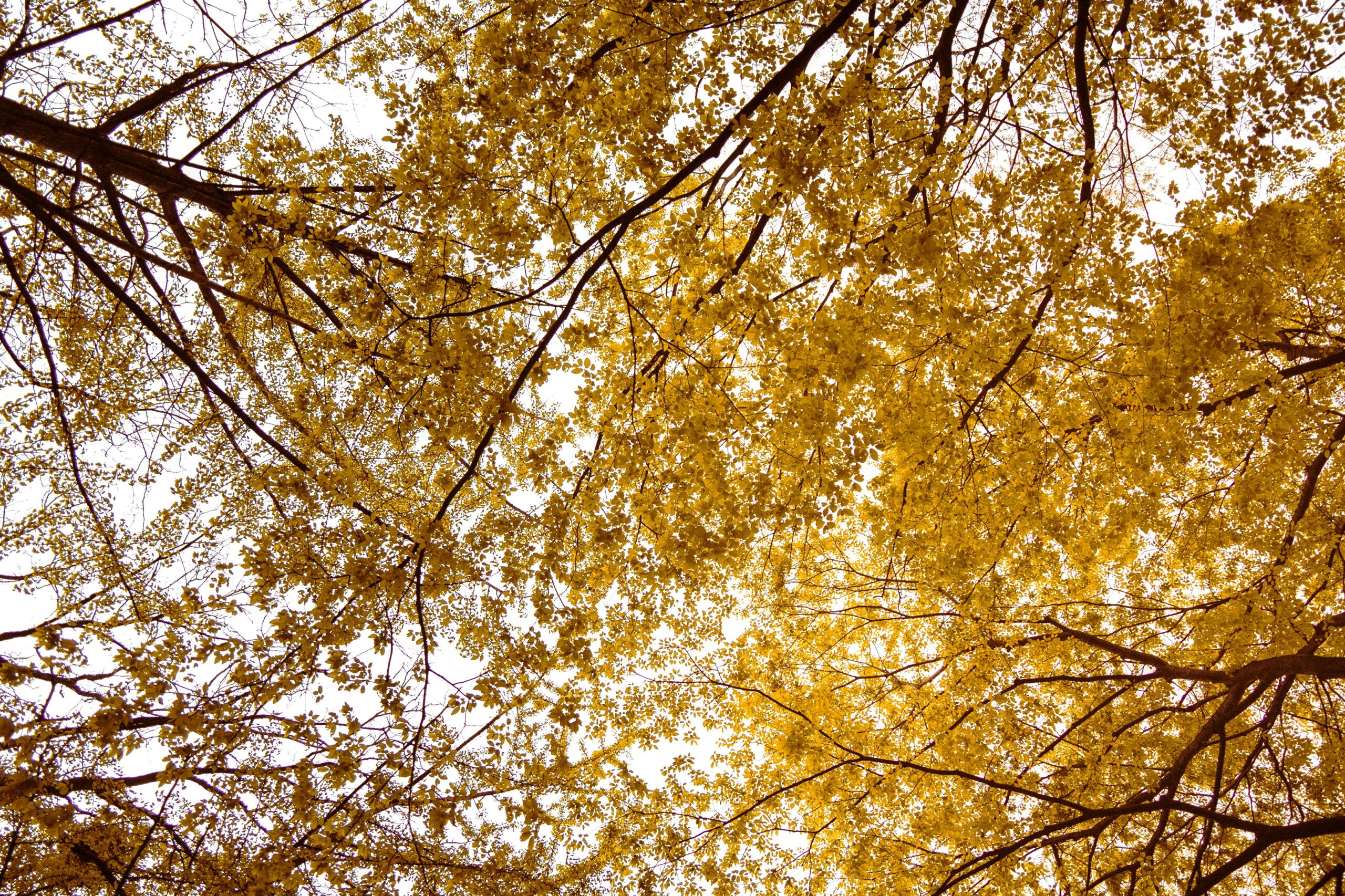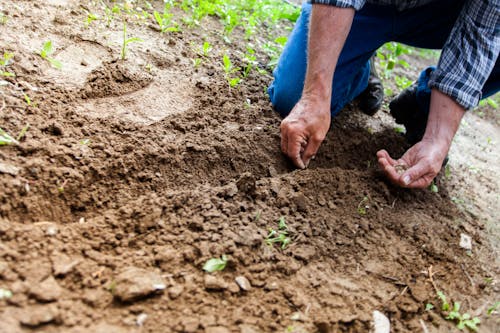Why does my plant have yellow leaves?
Introduction
Yellow leaves on plants are a common concern among gardeners and plant enthusiasts. Understanding the reasons behind this phenomenon is crucial for maintaining the health and vitality of your greenery. This article delves into the various factors that contribute to yellow leaves and provides actionable solutions to address the issue effectively.
Understanding Yellow Leaves
Yellow leaves are often indicative of underlying problems affecting plant health. Identifying the root cause is essential for implementing targeted remedies. Here are some common causes of yellow leaves:
Causes of Yellow Leaves
Nutrient Deficiency
Plants require essential nutrients like nitrogen, potassium, and iron for healthy growth. Deficiencies in these nutrients can manifest as yellowing leaves due to impaired photosynthesis.
Overwatering
Excess moisture in the soil can lead to root rot, depriving plants of oxygen and causing leaves to turn yellow and wilt.
Underwatering
Insufficient water uptake can also result in yellow leaves as plants struggle to maintain proper hydration levels.
Pests and Diseases
Infestations by insects or fungal infections can damage plant tissues, causing discoloration and yellowing of leaves.
Symptoms Associated with Yellow Leaves
Identifying specific symptoms can aid in diagnosing the underlying issue:
Yellowing along Veins
Yellow discoloration starting from the veins and spreading outwards is often a sign of nutrient deficiency.
Leaf Curling or Wilting
Abnormal leaf shapes or wilting can indicate water-related issues, such as over- or underwatering.
Brown Spots
Brown spots on yellow leaves may suggest fungal or bacterial infections, especially if accompanied by leaf drop.
Diagnosing the Problem
Proper diagnosis is crucial for effectively addressing yellow leaves. Here are some diagnostic methods:
Soil Analysis
Testing the soil for nutrient levels can help determine if deficiencies are contributing to yellowing leaves.
Visual Inspection
Careful examination of the plant’s overall health, including roots, stems, and foliage, can provide valuable insights into potential causes.
Remedies and Solutions
Once the underlying issue is identified, implementing appropriate remedies is essential for restoring plant health:
Adjusting Watering Practices
Maintaining proper watering habits, including avoiding overwatering and ensuring adequate hydration, can help prevent yellow leaves.
Fertilizing
Supplementing deficient nutrients through fertilization can promote healthy leaf growth and vibrant foliage.
Pest and Disease Control
Implementing pest management strategies and treating plant diseases promptly can prevent further damage to leaves and overall plant health.
Prevention Tips
Taking proactive measures can help prevent yellow leaves and promote overall plant vigor:
Proper Watering Techniques
Water plants at the base to prevent moisture-related issues and avoid waterlogging.
Regular Inspection
Frequent monitoring of plant health allows for early detection of problems, enabling timely intervention.
Maintaining Soil Health
Amending soil with organic matter and ensuring proper drainage can create optimal growing conditions for plants.
Conclusion
Addressing yellow leaves requires a combination of proactive measures and targeted interventions. By understanding the underlying causes and implementing appropriate remedies, you can ensure the continued health and vitality of your plants.
FAQs (Frequently Asked Questions)
- How often should I water my plants to prevent yellow leaves? Proper watering frequency depends on factors like plant type, soil type, and environmental conditions. Generally, it’s best to water when the top inch of soil feels dry to the touch.
- Can yellow leaves be salvaged, or should I remove them? If the yellowing is due to reversible factors like nutrient deficiency or overwatering, the affected leaves may recover with proper care. However, if the issue persists or spreads, removing yellow leaves can prevent further stress on the plant.
- What are some signs of overfertilization causing yellow leaves? Over-fertilization can result in yellowing leaves with scorched edges or a burnt appearance. Excessive fertilizer salts in the soil can disrupt water uptake, leading to leaf discoloration and stunted growth.
- Are there any natural remedies for controlling pests and diseases causing yellow leaves? Yes, several natural remedies, like neem oil, insecticidal soap, and garlic spray can effectively control pests and diseases without harming plants or the environment.
- How can I improve soil drainage to prevent water-related issues? Adding organic matter like compost or perlite to the soil can improve drainage and aeration, reducing the risk of waterlogging and root rot.
- What should I do if my plant continues to develop yellow leaves despite my efforts to address the issue? If yellowing persists despite corrective measures, consider seeking advice from a local nursery or extension service to diagnose the problem accurately and explore additional solutions.





